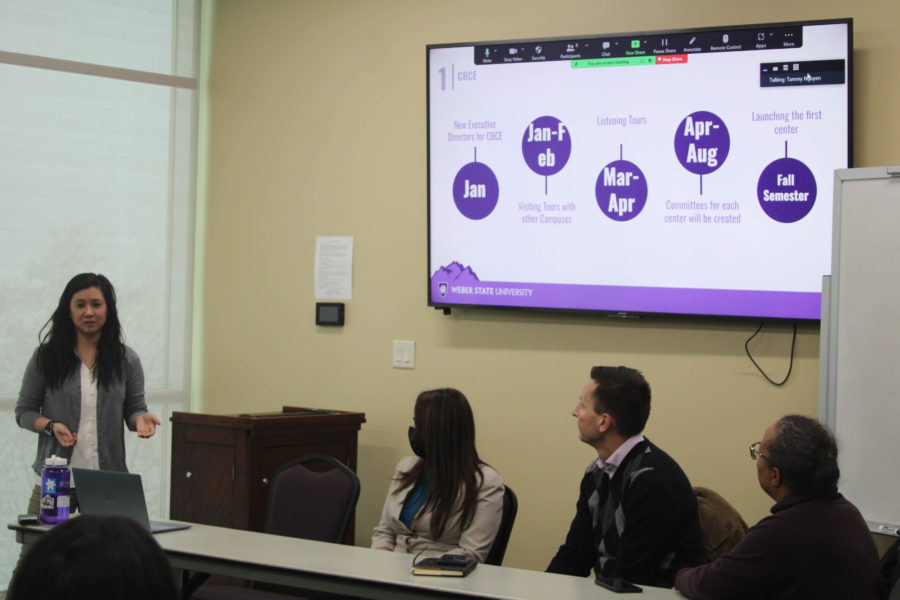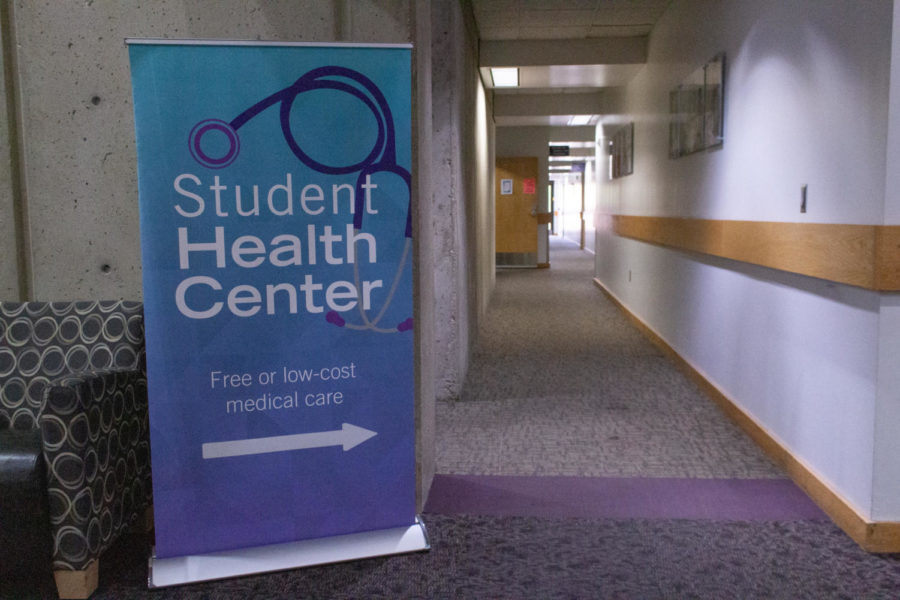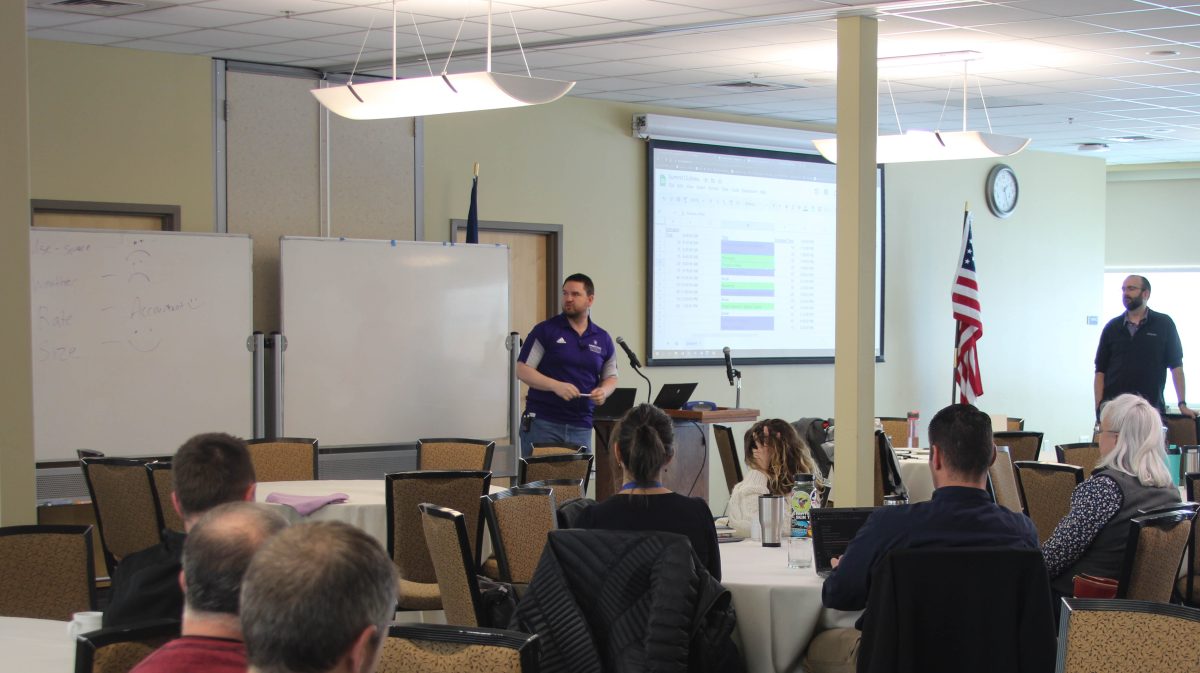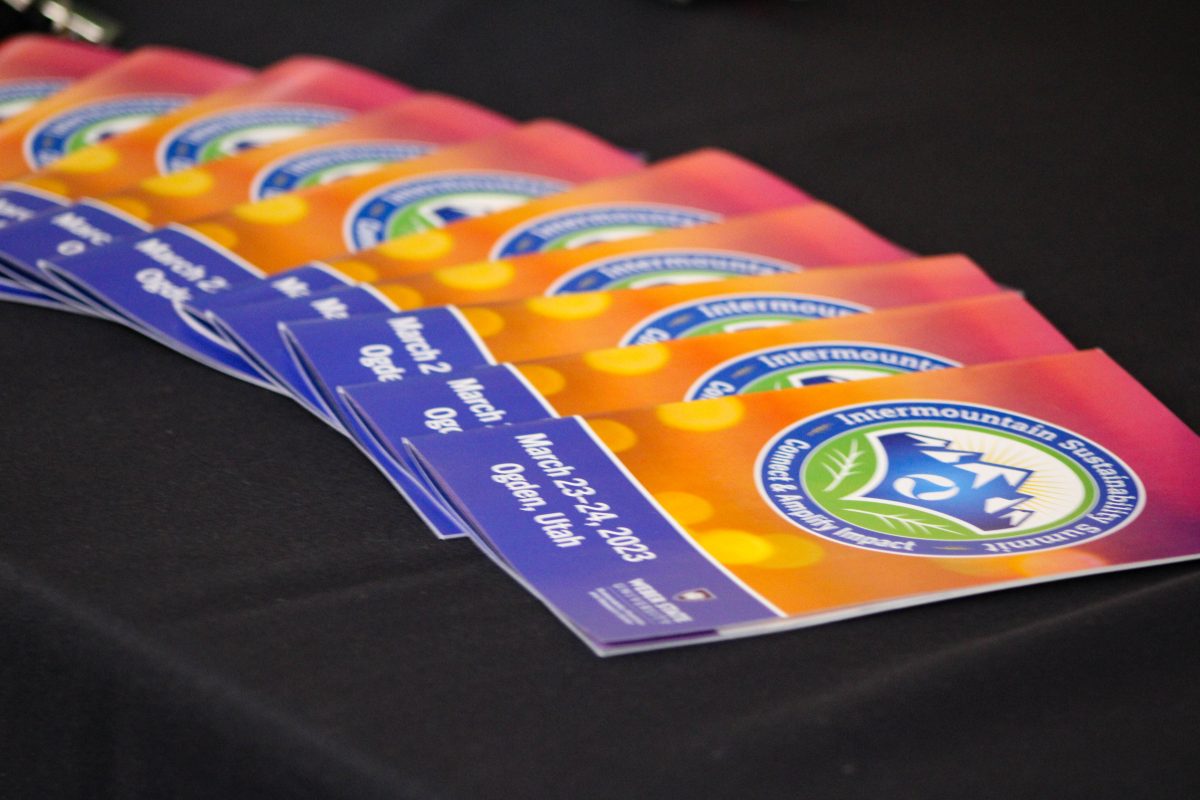How does one prepare for flu season?
Drop out of class.
Yes, the best way to prepare for flu season is to not get the flu. But what happens if the flu gets you? After staying home for three or four days, your professors start to count you as dead, you fall behind in your homework, and the stress of being ill only makes you more susceptible to germs. You go back, behind in the material, and get everybody else sick. All of a sudden, it’s finals week, and the whole class looks like an episode of “The Walking Dead.”
According to the school guidelines, students with the flu are asked not to bring it to campus. They are encouraged to “stay at home . . . until 24 hours after (they) no longer have a fever . . . or signs of a fever.” This, obviously, is the ideal situation for both the sick and the healthy.
The problem is that students have no choice but to come to school. Very obvious symptoms, like vomiting or diarrhea, might keep a student home for the worst of the illness, but staying home is not worth missing class. It is worth crawling into class in a hoodie and sweatpants, sniffling all the way, and trying not to pass germs around.
Germs are a hardy bunch, however. According to the Center for Disease Control, the “period when an infected person with seasonal flu is contagious (may be from) one day prior to becoming sick (to) five to seven days after they first develop symptoms.”
According to the Weber State University Student Health Center, the university has “encouraged faculty to work with students to find a mutually acceptable way to complete coursework if (the student is) either sick or caring for a sick family member.” Most faculty members (not all, but most) are very accommodating in this type of scenario, and do a good job of giving students chances to make up the work they miss.
But makeup work is not an ideal substitute for many classes. Sick-at-home students also miss out on group work and chances for making professional contacts, and will occasionally have their reputations thrown into the pile of slacker students whose grandmothers always seem to be dying. Most importantly, these sick students miss out on material that can realistically only be learned in class and might be foundational material for further coursework.
Staying home with the flu is also a bit of a Catch-22. Sick students are worried they’re losing face with their teachers and classmates, so they come to school and spread bugs to those same classmates, who, a week later, go through the same conundrum. Much like on the freeway, when one car slows down to rubberneck at an accident, everyone behind them is forced to do the same.
If, at the beginning of each semester, the few brave, infected students would just stay home, the campus would be free of illness, professors would be more trusting of students who e-mail them with excuses, and the problem would be beaten.
Until then, we can only get flu shots, wash our hands, cover our mouths when we sneeze and hope school faculty remain accommodating.




















